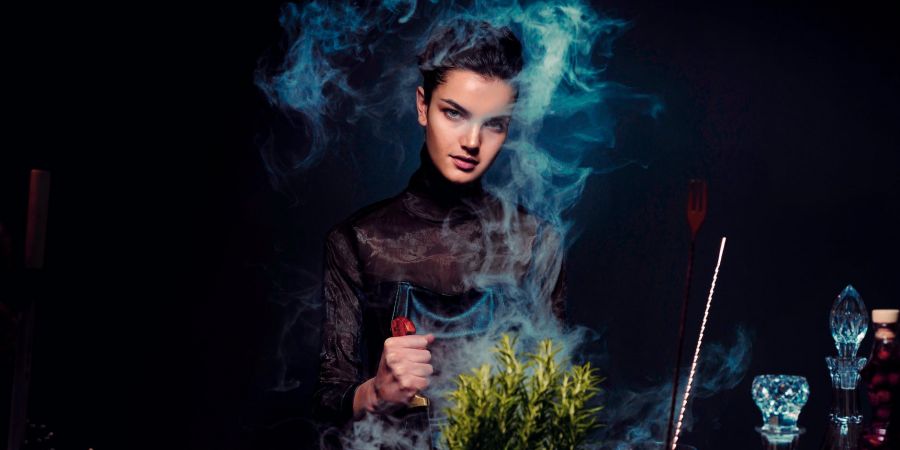

1939 was the apex of his career for seasoned director Victor Fleming, who started directing during the black-and-white, silent era. Not only did Fleming's Gone with the Wind win the Best Picture Oscar, but his other major film, The Wizard of Oz, also started down the path to become one of the most well-known and cherished films in American cinema. (It should be noted that Fleming worked on both Gone with the Wind and The Wizard of Oz with assistance from a number of other directors, but in the end, he received sole credit for both.) The Wizard of Oz is one of only a select few films that almost everyone has seen.
Numerous live-action films, stage productions, animated films, and TV shows have been based on L. Frank Baum's well-known Oz stories over the years. Nearly everyone has been influenced by Fleming's recounting of the story to some extent. Although the Internet Movie Database mentions at least two silent films, including one with Oliver Hardy as the Tin Man, that came before Fleming's, the 1939 version was not the first filmed adaptation of the book, it is unquestionably the most important. People immediately picture Judy Garland, Ray Bolger, Bert Lahr, and Jack Haley when they think of The Wizard of Oz and hear "Somewhere over the Rainbow" and "Follow the Yellow Brick Road."
Interpreting what actually occurs throughout the majority of The Wizard of Oz's runtime is probably its most fascinating component. We are first introduced to Dorothy Gale (Judy Garland), a little girl from Kansas whose wanderlust is sparked by visions of travelling "somewhere over the rainbow." Dorothy is the protagonist of the story. She is rendered unconscious after a tornado destroys the farm where she resides with her aunt and uncle. She awakens to discover herself in the fantastical land of Oz. Together with a Scarecrow (Ray Bolger), a Tin Man (Jack Haley), and a Cowardly Lion (Bert Lahr), she sets out to defeat the Wicked Witch of the West (Margaret Hamilton) and locate the all-knowing Wizard (Frank Morgan), who has the ability to do anything.
The Wizard of Oz has gone through the kind of examination that is only saved for the best films over the years. It has been the subject of numerous books that analyse everything from its appearance to the urban tales that have developed around it. (The most well-known, that a stagehand who had been electrocuted was visible in the background of a scene in a forest, has been widely refuted.) Ultimately, however, it doesn't require a thorough analysis to comprehend why so many generations find the film to be so captivating. The themes it discusses and the way it expresses them are both universal and very personal, in addition to being incredibly amusing. The real charm of The Wizard of Oz is found there.
